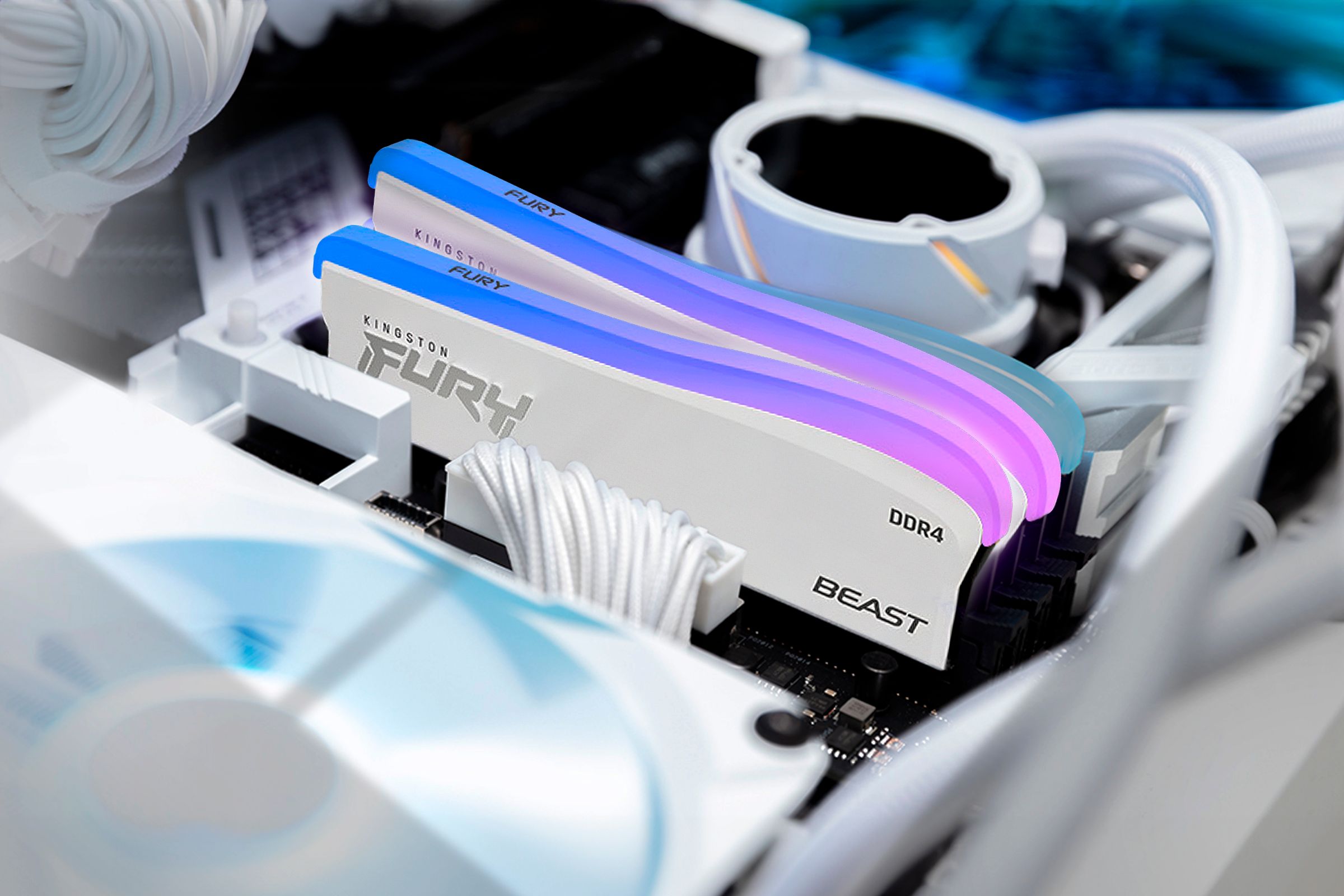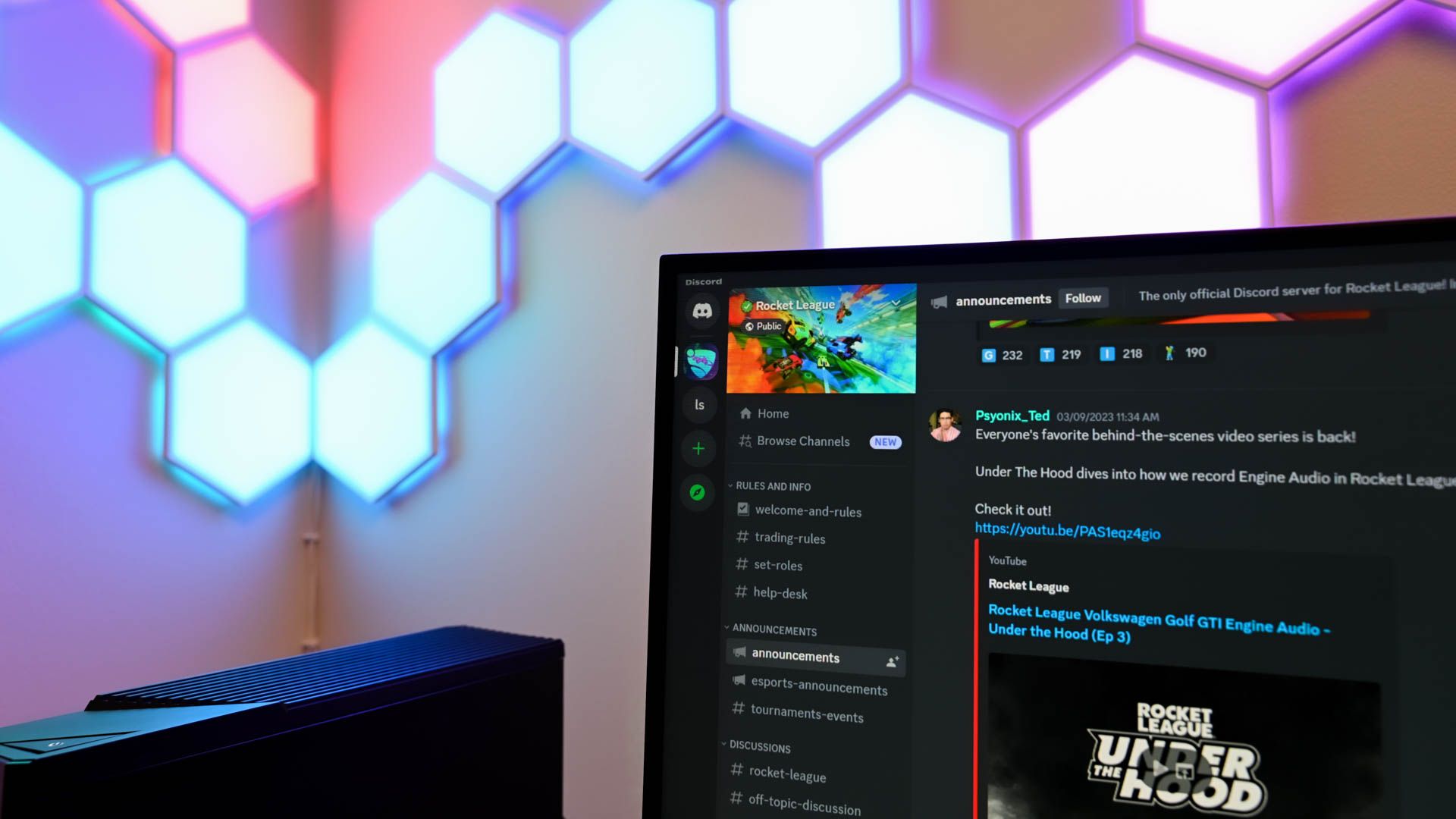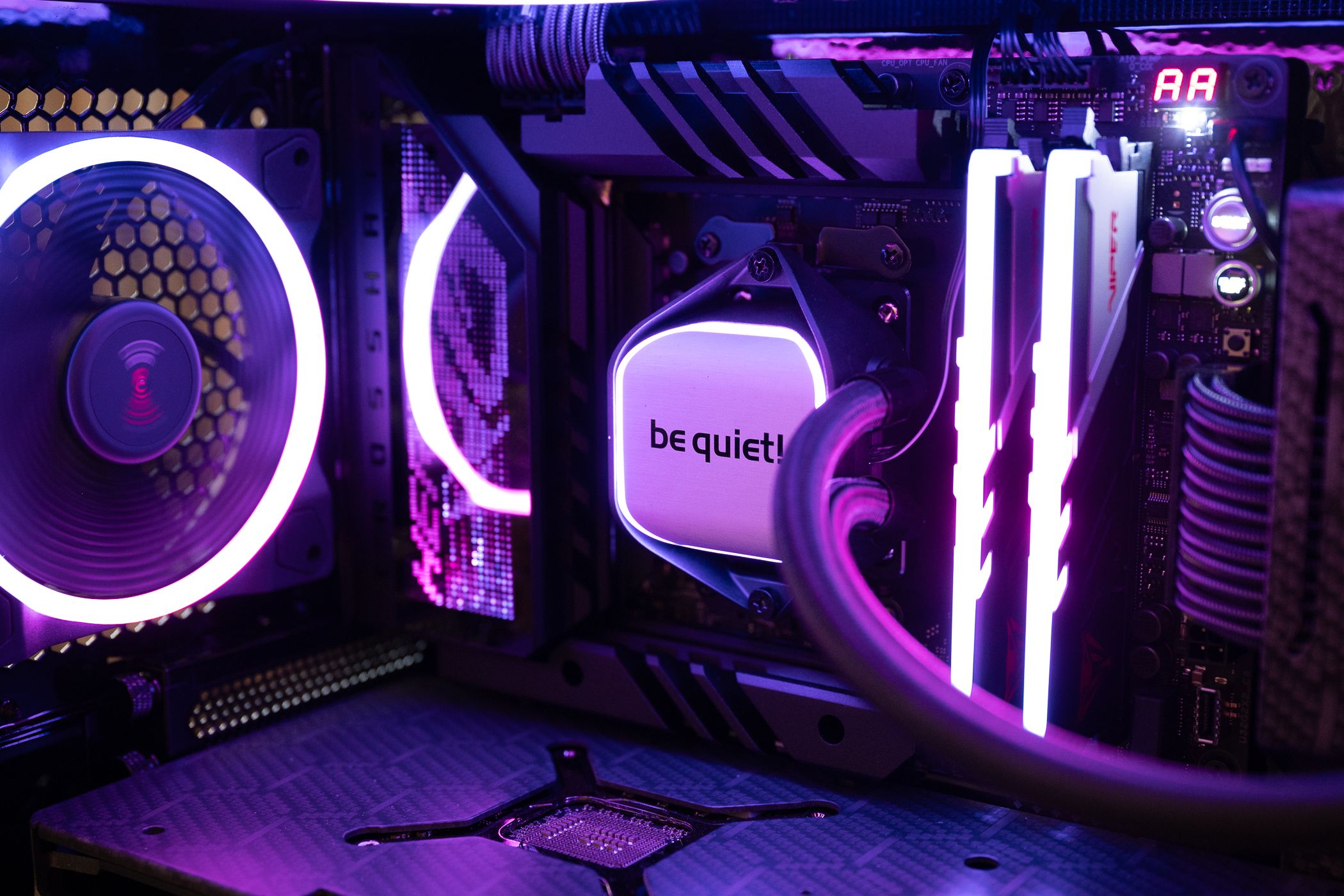Key Takeaways
- Many games can benefit from more than 16GB RAM to provide smoother performance.
- Background apps can eat up lots of RAM, which can be easily mitigated by adding more RAM.
- Current RAM prices are affordable, making it worth upgrading to at least 20GB-24GB for optimal gaming performance.
16GB has long been the “norm” for gaming PCs. After all, games don’t really benefit from more RAM beyond what they need to run smoothly, so gamers tend to spend their money on other components like the GPU, CPU, or cooling instead. However, 16GB of RAM simply isn’t enough anymore. Here’s why.
Some Games Can Use More Than 16GB of RAM
Take a look at any triple-A game released in the past few years, and you’ll notice that the recommended system RAM is still listed as 16GB. Even the most technically demanding games like Microsoft Flight Simulator, Cyberpunk 2077, and Hogwarts Legacy only put 16GB of RAM as the recommended spec.
However, many demanding games also list 16GB as the minimum amount of necessary RAM, as the CPU and GPU drive much more of performance, affecting your FPS. Not having enough RAM is more akin to not having enough storage, rather than insufficient processing power. If you have less than the minimum RAM a game requires, the game can stutter so much that it’s unplayable, crash, or not even launch at all.
Developers list 16GB of RAM as a requirement for a game to achieve smooth performance, even if their game can actually use way more than 16GB of RAM. Open-world games will happily take as much RAM as you can throw at them to facilitate faster loading and a stutter-free experience. RAM is the place where all important game data is stored, such as assets (e.g. character models and all objects around you), instructions, AI code for NPCs, external game features, etc.
If your PC runs out of RAM, the game has to offload something that was previously loaded to make room for new assets, which results in longer loading screens. We’re in an era where games are trying to eliminate loading screens, so instead of longer loading screens, we get stuttering (not that stuttering doesn’t happen in games that have loading screens). A lack of RAM manifests itself in the form of freezing and stuttering when you enter a new area or room, kill an enemy, encounter a boss fight, or launch a special attack.
I tried playing Returnal, a game with few loading screens, on my PC, which has 16GB of slow RAM, and each time I enter a new area, the game lags, even though it’s on an M.2 NVMe. I checked Task Manager, and sure enough, my RAM was hovering at around 90%.
Returnal is notorious for its heavy RAM usage, as it’s one of the few games that recommends 32GB of RAM in its official requirements, albeit for 4K at 60 FPS. Another game that recommends more than 16GB is Cyberpunk 2077, but it’s only for ray-tracing. Hogwarts Legacy also recommends 32GB for ultra settings, and it’s one of the games where a lack of RAM is especially noticeable, as walking through the school on a 16GB PC is a stuttery mess.
Giving more than 16GB of RAM to these resource-intensive games will provide you with much smoother gameplay. If you have a PC that’s powerful enough to run ray-tracing, you should have at least 32GB of RAM anyway to ensure your CPU and GPU have access to all the data they need for optimal performance. There’s also something to be said about future-proofing, as upcoming games are bound to use more resources.
More Room for Background Apps
Programs running in the background can take precious RAM away from your games. Web browsers like Chrome are the worst offenders, as just having a few tabs open can easily be used over a gigabyte of RAM. When you add Windows’ own processes, Discord, gaming-oriented apps like Overwolf, and the software for your fancy gaming peripherals into the mix, the leftover available RAM for your games quickly diminishes.
Instead of being forced to choose which apps you want to run in the background, wouldn’t it be just easier to grab a couple more sticks of RAM? You could have your cake and eat it, too. Background apps won’t noticeably impact your FPS when you have sufficient RAM and a CPU with six or more cores.
If you do stuff on your PC other than gaming, you’ll certainly appreciate the extra RAM, as it allows for buttery, smooth multitasking. Streamers, in particular, should have a system with more than 16GB of RAM, as streaming software combined with background apps can use up that amount.
RAM Is Cheap, Anyway
Realistically, the only reason someone wouldn’t get more than 16GB of RAM is budget restrictions. If you’re building an entry-level PC or just don’t play demanding triple-A games, 16GB is still probably fine. However, if you’re planning to play new and upcoming titles, you should go for at least 20GB–24GB of RAM. Assuming you have a free RAM slot in your system, it’s very easy to install a new stick of RAM. Better yet, get 32GB in the form of four 8GB sticks or two 16GB sticks to ensure you maximize your benefits from dual-channel mode.
The good news is that RAM is very cheap now. A DDR5 32GB 6400MHz Corsair Vengeance kit only costs $104.99 at the time of writing, a reasonable price for a pair of lightning-fast RAM with very nice RGB. If you’re planning to spend around $800–$1,000 on your PC, this would be a good way to spend some of the allocated budget.
DDR4 RAM is even cheaper and a great way to upgrade an aging PC or for a budget-oriented build that runs previous-gen hardware. A DDR4 32GB 3200MHz Corsair Vengeance kit doesn’t have RGB, but it’s currently just $56.99. To give you some context, I paid $70 for an 8GB 2400MHz stick back in 2017, so RAM prices are in a great spot right now.
When shopping for RAM, don’t forget about RAM speed and timing. Slow RAM can have a similar effect on game smoothness as a complete lack of RAM. Try to strike a healthy balance between price and RAM speed.
Even though games still continue to list 16GB as the recommended amount of RAM, I think it’s time we moved past that figure. 32GB RAM kits are now cheaper than ever, so upgrading will not only give you smoother gameplay but also some future-proofing for upcoming games.








